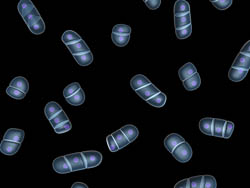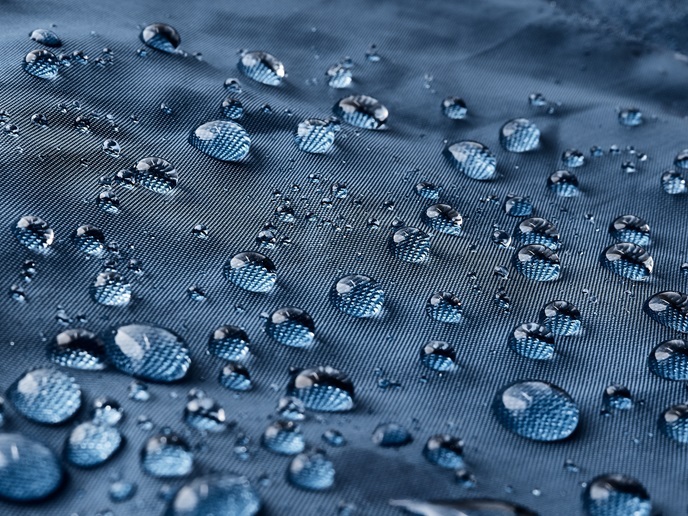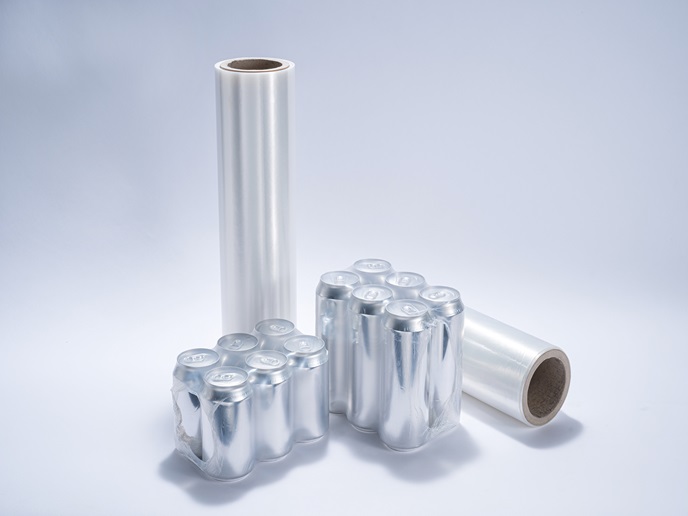Cell communication the sweet way
Cells communicate with each other over short and long distances through a combination of electrical and chemical signals. Such communication is critical to cell differentiation, growth and survival as well as to growth and functioning of the organism itself. Although exact mechanisms are unclear, oligosaccharides (carbohydrates or sugars) play a role in directional sensing. The signalling involves cell-matrix adhesion, or binding of the cell to the extracellular matrix via adhesion molecules – a mechanism that could prove useful, for example, in guided tissue regeneration or biosensing. Scientists initiated the EU-funded project FIND AND BIND to elucidate how oligosaccharides mediate recognition events and modulate biological processes in order to develop biological design criteria for novel devices. Cytoskeletal glycosaminoglycans (GAGs) are a class of extracellular oligosaccharides playing a role in cell support. The presence of negatively charged functional groups affects their bioactivity. During the current reporting period, scientists investigated this effect in two-dimensional (2D) cell models consisting of self-assembled monolayers (SAMs) of both stem cells and chondrocytes (a type of bone cell that produces cartilage matrix). Sulfonation (incorporation of negatively charged SO3H groups) affected cell morphology and mobility in a concentration-dependent manner in both cell types. Results were extended using 3D gel matrices to better represent the extracellular milieu. Chondrocyte activity as measured by cell spreading and proliferation was significantly higher in sulphated hydrogels. The sensor developed during the previous reporting period (a biotinylated sensor for quartz crystal microbalance with dissipation monitoring (QCM-D)) was evaluated and shown to be reliable for long-term measurements and stable under dark storage conditions up to 8 weeks at 2–8 degrees Celsius. The sensing device was then used in combination with light microscopy to measure real-time cell surface attachment of fibroblasts and evaluate the effect of different immobilisation methods. Finally, scientists successfully developed several methods for shaping glycans in ways that maintain their bioactivity. FIND AND BIND is making important progress in elucidating the role of oligosaccharides in cellular signalling pathways. The aim is to find low cost, effective diagnostic and therapeutic tools in areas such as bone and tissue regeneration, as well as implantation and transplantation.







